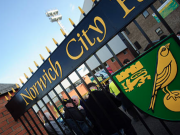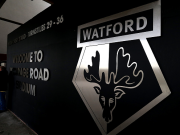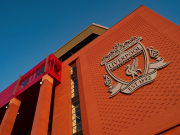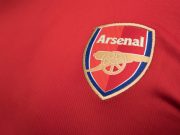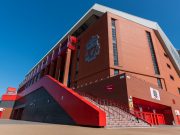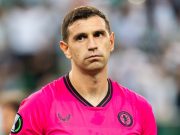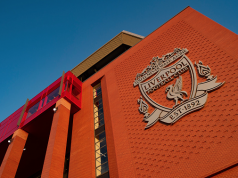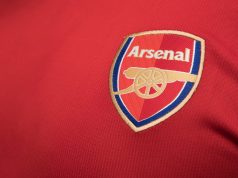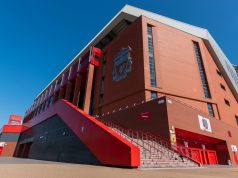Former Everton director Marcel Brands has continued to reveal the secrets behind his time at the club and what he felt went wrong.
The Dutchman was appointed as the Toffees director of football in 2018, tasked with rectifying the wrongs of previous incumbent Steve Walsh.
He arrived at Goodison Park with a glowing reputation from the Netherlands, where he had built up the likes of Alkmaar and PSV Eindhoven with smart transfer business that saw them sign cheaply but sell expensively.
He had hoped to implement a similar strategy at Everton but ended up failing to do so, with outside influences meaning he never truly did the job he was hired for.
He ended up leaving in December last year, with Everton stating that creative differences between Brands, owner Farhad Moshiri and then manager Rafa Benitez as the reason behind his departure.
Brands has remained quiet on the matter until this week, with him revealing some of the problems he encountered in an interview yesterday. He’s now continued that with De Telegraaf today.
“It was a wonderful experience at a wonderful club. I worked with fantastic people. The supporters and also the history of the club were great,” he told the newspaper.
“But it is very difficult to leave a mark on such a club. That has to do with the structure of the club.
“In the end, you don’t have the satisfaction you want. There is so much possible at the club if you do it right, but you don’t get the time to build something.”
One of the big issues for Everton in recent years has been a constant change in managers, with Moshiri hiring and firing at will since his arrival.
Ronald Koeman, Sam Allardyce, Marco Silva, Carlo Ancelotti, Benitez and now Frank Lampard have all been hired by Moshiri during his ownership, with none of them reaching two years in the position to date.
And it seems, like with transfers, interference from those above him was something he constantly fought against.
“I tried until my last breath to keep coach Marco Silva in the saddle because I was convinced he is a top trainer. Then one looks very simple. And then after three defeats, measures are taken,” he said.
“I had to talk like a mad man to keep Ancelotti in the saddle, but in the end, he left for Real Madrid because he felt the support of the owners was not there. What are you talking about then?”
“Ronald Koeman has noticed it too. You cannot say that Koeman, Silva and Ancelotti are the wrong trainers. It is just very difficult to get a grip on the club if success does not come immediately.
“And it sometimes goes the other way too. We played a great game under Carlo Ancelotti at Tottenham Hotspur, and then he just got a new Rolls Royce.
“The Premier League is so fantastically well organised and is such a powerful brand, but there is still so much room for improvement in the way the money is handled.
“To give an example: every time a trainer is fired, the whole team has to leave. That way, you don’t build anything up. That is a waste of money.”
Ultimately the big problem for Brands was Everton’s transfer business, something which he receives criticism for to this day.
The Dutchman had been hired to focus on youth and players who could develop at Everton to be sold on for profit in the future, something he had excelled at in the Netherlands.
While there was evidence of that being in place at Goodison with signings such as Richarlison, he was also often overruled by the ownership, who regularly targeted big-name signings.
That left a mix-match squad that has proven to be a nightmare to deal with and unsuitable for the task at hand, something Everton discovered in their relegation battle last season.
It’s a problem they now need to fix, and Brands has again hinted at some of the issues he faced trying to do so.
“I was fighting to make a player contract of 50,000 a week 45,000 a week because that fitted better in the wage structure and matched the qualities of the player,” he added.
“And then the owner called, saying that he had been sitting with another player and that he could come for 175,000 a week. Then you say: ‘What’s that going to do in the dressing room? He earns three times as much as the others.’
“That kind of thing makes it difficult. You also see the difference with clubs where the structure is good. Liverpool has really grown. They have become really stable under Jürgen Klopp. You don’t see any crazy transfers anymore.”


